|
Kale is extremely cold hardy. It will overwinter in all but the coldest climates. Kale grows best in cool weather. It's flavor is improved by frost, becoming mild & sweeter. It is great for spring & fall harvests. Kale can withstand some heat but is prone to yellowing & bolting, so I don't recommend growing it in the summer. Harvest baby greens in approx. 25 days. Allow some plants to grow to maturity, so you’ll have plenty to eat in the fall & even into winter depending on your growing season. I have successfully grown kale in small cold frames through the entire winter. It has even survived being buried under over a foot of snow! When the snow stops, I remove the snow from the glass so the sun can reach the plants. If your area is susceptible to very hard freezes, your kale might not survive even under protection. In some cases it will die off & return in the late winter/early spring. If you have an area with hard freezes you might want to try overwintering the kale by thickly mulching for the following springs harvest. If deer are a problem in your area, be sure to use adequate deer proofing. The deer where we live love our kale so much John had to put up deer fencing otherwise we wouldn't have any for ourselves, the critters or the farmers market. Kale is a nutritious powerhouse. It is full of antioxidant, anti-inflammatory, & anti-cancer nutrients. You can blend it into smoothies, juice it, saute it, steam it, add it to soups & salads, use it in place of lettuce in sandwiches, add it to potatoes & casseroles & even make kale chips - my favorite. The possibilities seem endless! Outer leaves can be periodically harvested as previously mentioned as baby green or when older as mature leaves. You can also harvest the whole plant by cutting it off at ground level. Kale can be started indoors or outdoors. I like to grow my kale all year long. Sow outside: 1 - 2 weeks before average last frost for a late spring/summer crop. Seed can also be successively sown every 3 weeks starting in early spring. Sow outside: In the late summer for a fall crop. Sow outside: In the fall for very early spring crop. Start indoors: 4 - 6 weeks before average last frost for a late spring/summer crop. Start indoors: 4 to 6 weeks before average first fall frost for a fall crop. Days to emerge: 5 - 14 Seed depth: 1/4" Seed spacing: 2 to 4 seeds every 10" for mature plants. Seed spacing: 1/2" for baby greens. Row spacing: 18"-24" Thinning: When 1" tall, thin to 1 every 10" Maturity: 25 - 55 days Garden Growing Guide Quick Links Listed alphabetically Arkansas Green Cotton Blue Podded Shelling Peas Catnip Cilantro (Coriander) Cocks Comb (Cleosia) Common Milkweed (Asclepias syriaca) Dill Dyer's Woad Erlene's Green Cotton Hibiscus Holy Basil (Tulsi) Inchillium Red Softneck Garlic Kale Karina Peas Lemon Balm Mixed Cotton Musquee de Provence Nankeen Cotton Purple Podded Pole Beans Red Foliated White Cotton Sea Island Brown Cotton Spinach Sunflowers Tennessee Red Valencia Peanuts You may also like:
0 Comments
Your comment will be posted after it is approved.
Leave a Reply. |
Affiliate DisclosureAs an Amazon Associate, I earn from qualifying purchases.
This page may contain Amazon affiliate links. If you choose to make a purchase after clicking a Amazon link, I may receive a commission from Amazon at no additional cost to you. As always, Thank you so much for your support. I couldn't do what I do without you! Categories
All
Archives
April 2024
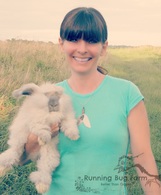 Hi there! My name is Jen. I'm a "tree hugging dirt worshiper" who has been organically farming for nearly two decades. It never ceases to amaze me at how much I've learned & how much I am still learning. I have studied natural health, nutrition, & herbs for nearly three decades. Our health & the natural world around us are connected in ways we don't often realize. How we treat the land & animals directly affects us in both body & mind. My goal is to provide others with truly natural humane goods from my own little piece of paradise, & to freely pass along whatever knowledge I pick up along the way. I am grateful every day to be able to have such a worthwhile & fulfilling job surrounded by the beauty & unpredictability of Mother Nature. Hi there! My name is Jen. I'm a "tree hugging dirt worshiper" who has been organically farming for nearly two decades. It never ceases to amaze me at how much I've learned & how much I am still learning. I have studied natural health, nutrition, & herbs for nearly three decades. Our health & the natural world around us are connected in ways we don't often realize. How we treat the land & animals directly affects us in both body & mind. My goal is to provide others with truly natural humane goods from my own little piece of paradise, & to freely pass along whatever knowledge I pick up along the way. I am grateful every day to be able to have such a worthwhile & fulfilling job surrounded by the beauty & unpredictability of Mother Nature.
Copyright
You're welcome to link to Running Bug Farm or use a single image with a brief description to link back to any post. Republishing posts in their entirety is prohibited. |
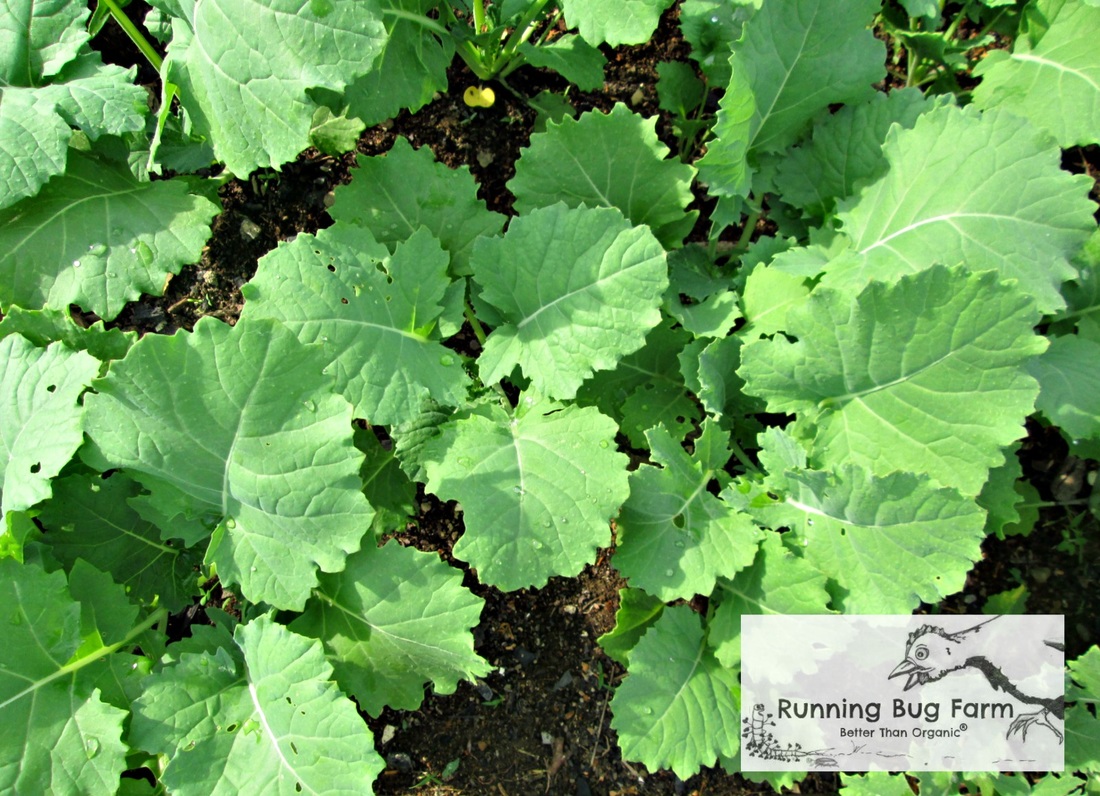
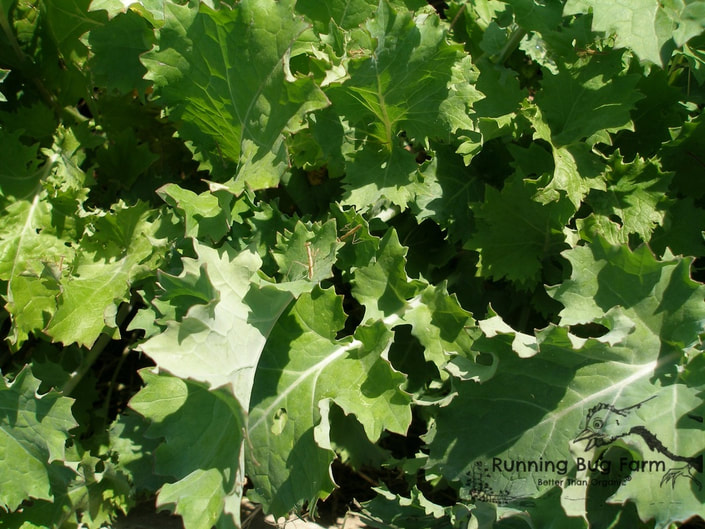
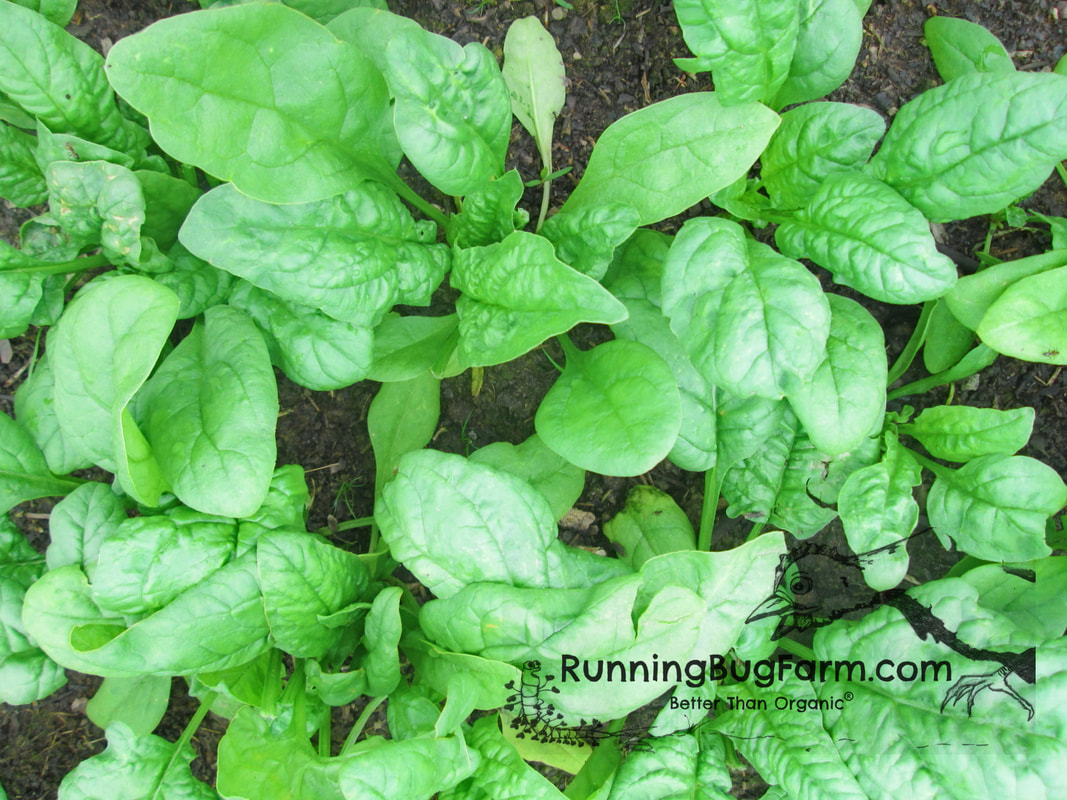
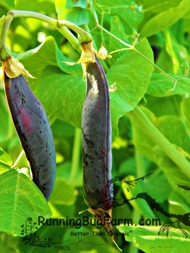
 RSS Feed
RSS Feed
